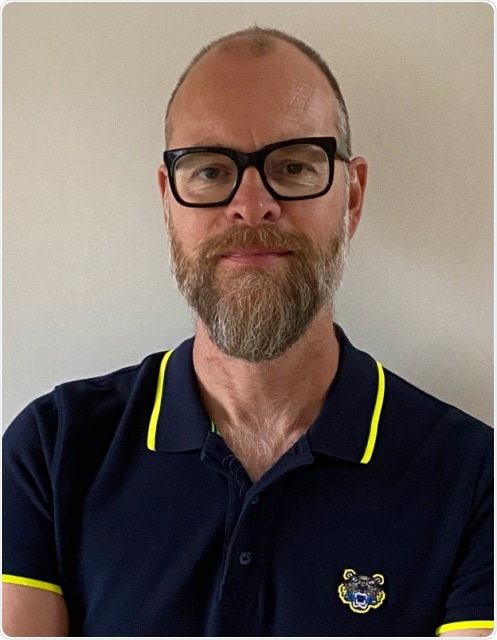A Fight for Sight funded research study has successfully demonstrated that an imagining technique could help children keep their sight after brain surgery for epilepsy, in results published in Frontiers in Neuroscience this month (April 8).

Professor Christopher Clark
The pre-surgical evaluation can be carried out using existing technology and is now a standard of care for children undergoing certain types of brain surgery for epilepsy at some hospitals as a result of this research.
The study, carried out by researchers at the UCL Institute of Child Health, was the first of its kind in children. It found that 46% of children with epilepsy undergoing surgery to reduce or eliminate seizures that involve the temporal, parietal and occipital lobes, suffer damage to their brain cells and pathways involved in vision.
Professor of Imaging and Biophysics at UCL Institute of Child Health, Christopher Clark led the study.
Surgery is an important option for children with epilepsy that doesn’t respond to drug treatments, but unfortunately, removing brain tissue can often affect the child’s vision. This research demonstrates that we can use a pre-surgical mapping technique to help guide the surgeon to potentially avoid damage to the patient’s optic radiations. This should minimize the incidences of visual pathway damage and subsequent visual field defect in children undergoing epilepsy surgery.”
Christopher Clark, Professor of Imaging and Biophysics at UCL Institute of Child Health
In this research project, using an imaging technique called tractography, researchers were able to reconstruct the optic radiations - the key white matter pathway of the brain conveying information to the visual cortex. In all cases where the patients had vision loss after their surgery, it was found that the surgical resection involved these optic radiations. The tractography provides surgeons with a map to help them see where these pathways lie.
This pre-surgical evaluation is now being used at Great Ormond Street to provide this ‘map’ to the surgical team before brain surgery for epilepsy. Professor Clark hopes that this will become standard practice for all children’s hospitals in the future.
He said: “The technology for carrying out tractography already exists and we’ve shown that it’s relevant and it’s useful. There is nothing to stop other hospitals being able to do this themselves as a standard pre-surgery evaluation, assuming they have the staff who have the technical expertise.”
We are so pleased to have funded this valuable research study, which we hope will help prevent children from losing their sight as a result of brain surgery for epilepsy. This is a challenging time and we know with the current global pandemic there’s a real risk that funding in the area of vital eye research will be reduced, but Professor Clark’s study is a prime example of how existing technologies can be used to help prevent sight loss, and help us in our mission to create a world that everyone can see.”
Sherine Krause, Chief Executive at Fight for Sight